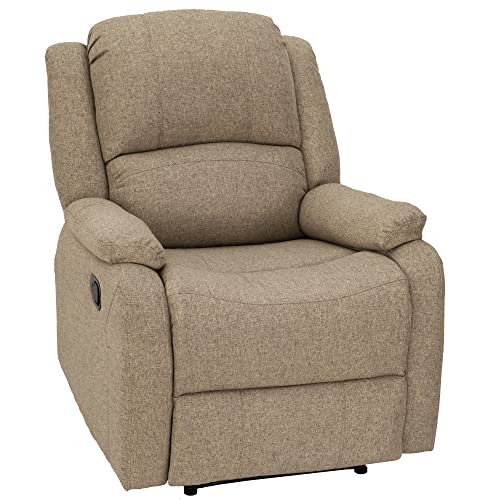Boyntonstu
Well-known member
- Joined
- Aug 24, 2017
- Messages
- 369
- Reaction score
- 0
Sous Vide cooking is used in 5 Star restaurants using multi thousand dollar machines.
I show how to do it with a Goodwill hairdryer, a salvaged electric water heater thermostat, and a receptacle.
Yes, I am cheap!
Google Sous Vide for complete information.
I do this at home using a hair drier as the heat source.
In a van using a small "oven" it would not take much to heat a steak to 135*F.
Use your imagination and I am sure that it will work for you.
The nice feature about Sous Vide that even after many hours you cannot overcook your steak.
[video=youtube]
I show how to do it with a Goodwill hairdryer, a salvaged electric water heater thermostat, and a receptacle.
Yes, I am cheap!
Google Sous Vide for complete information.
I do this at home using a hair drier as the heat source.
In a van using a small "oven" it would not take much to heat a steak to 135*F.
Use your imagination and I am sure that it will work for you.
The nice feature about Sous Vide that even after many hours you cannot overcook your steak.
[video=youtube]




























































